We’re at a remote track in the Staffordshire countryside with Prodrive technical director David Lapworth, rally mechanic ‘Stretch’ and Prodrive PR man Ben Sayer.
It’s an informal occasion, just two box trailers carrying two rally cars, and a lot of Prodrive fans, all here to celebrate 30 years of Prodrive, the company formed in 1984 by David Richards (right) and Ian Parry from a small consultancy business which has since gone on to become one of the most successful independent motorsport teams of all time.
The cars they have brought along represent two separate decades in Prodrive’s timeline, but both are genuine icons – and they’re letting me drive them. The first is one of the E30 M3s which Prodrive built and ran for the BMW Rally team from 1987 to 1990. This car won the 1990 French Rally Championship in the hands of François Chatriot.
The second, from the 1990s, is Colin McRae’s Group A Subaru Impreza, the car in which the flying Scotsman won Rallye Catalunya and the last of the Group A cars before new World Rally Car regulations came into force in 1997.
These are two radically different machines. The rear-wheel-drive BMW was in its element on asphalt events but struggled on gravel, while McRae’s four-wheel-drive Impreza was good on, well, just about anything.
The BMW engine is a full-house screamer, producing just under 300bhp (exact figures aren’t recorded) and revving to 9000rpm. The Subaru’s warbling, 320bhp boxer engine revs easily to 8000rpm – although it sounds like it’s only doing around half that – and it easily reaches the rev limiter. In the end, I’m advised to “just keep changing gear”.
It’s strange clambering into the great man’s Impreza for a spin around the Curborough sprint course. Like F1 cars, these things are personal, tailor-made to fit a driver and his preferences. The indicator switch, for example, is a simple chrome toggle at the end of a carbonfibre stalk because “Colin liked it that way”.
Two knobs on the dash control the front and centre active differentials. Predictably, McRae liked the front wound off to promote oversteer, something also helped by the fact that the rear axle is, astonishingly, solid, like a go-kart’s, and with no diff at all.
Both cars have Prodrive-designed six-speed dog ’boxes, which have no synchromesh so shifting doesn’t require the clutch, just a swift lift. The Subaru’s carbonfibre dash is peppered with contact breakers and a few knobs, while in front of the driver there’s just a rev counter and temperature gauge.



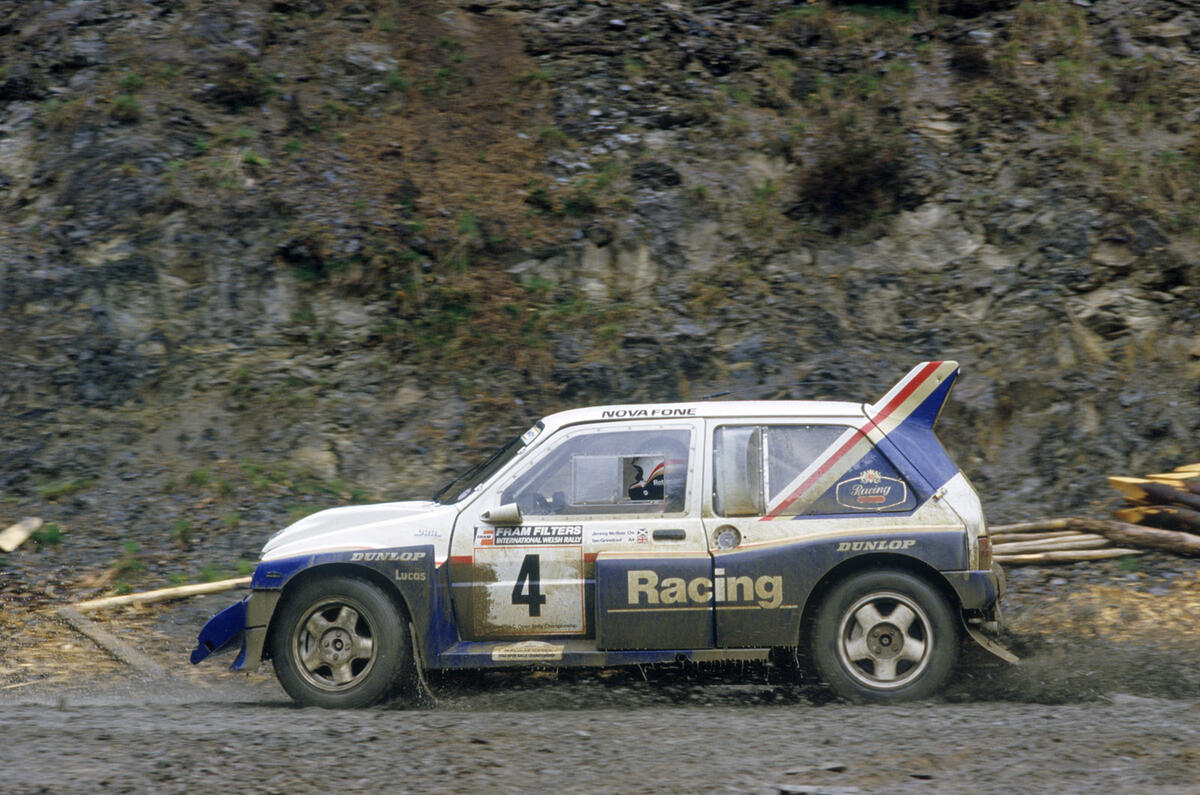
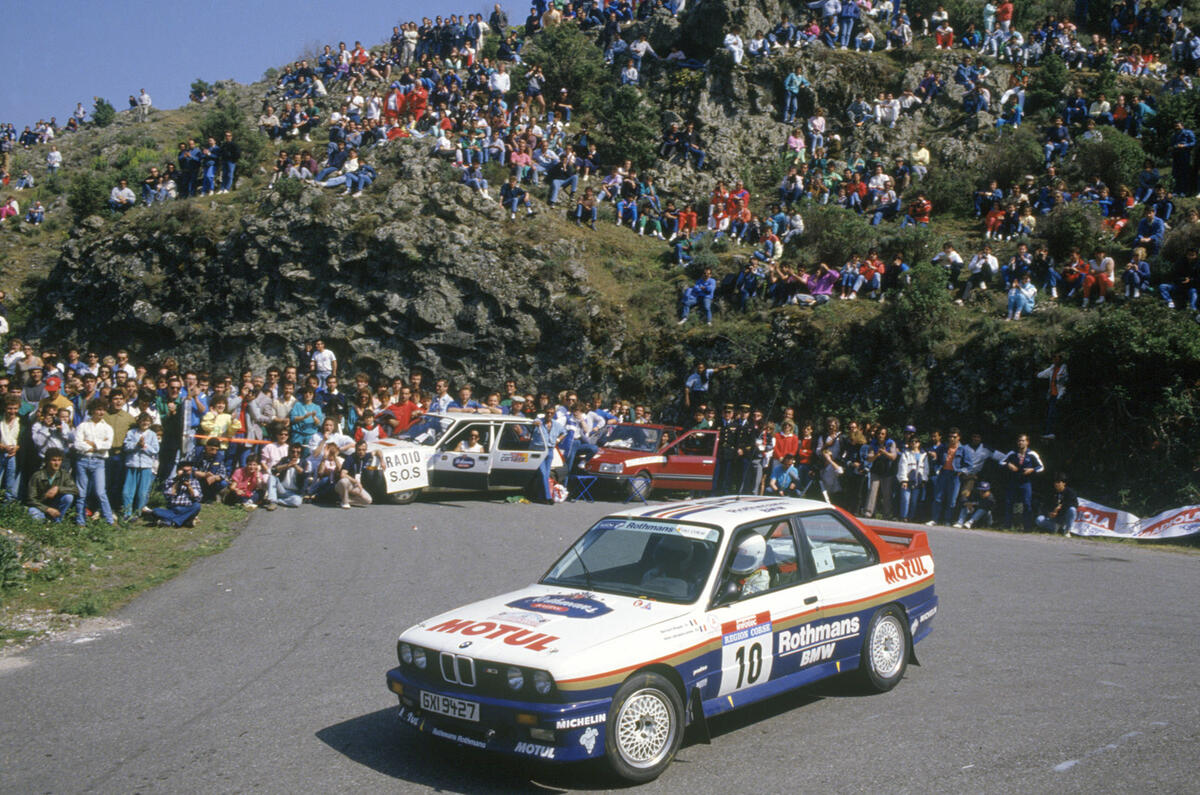
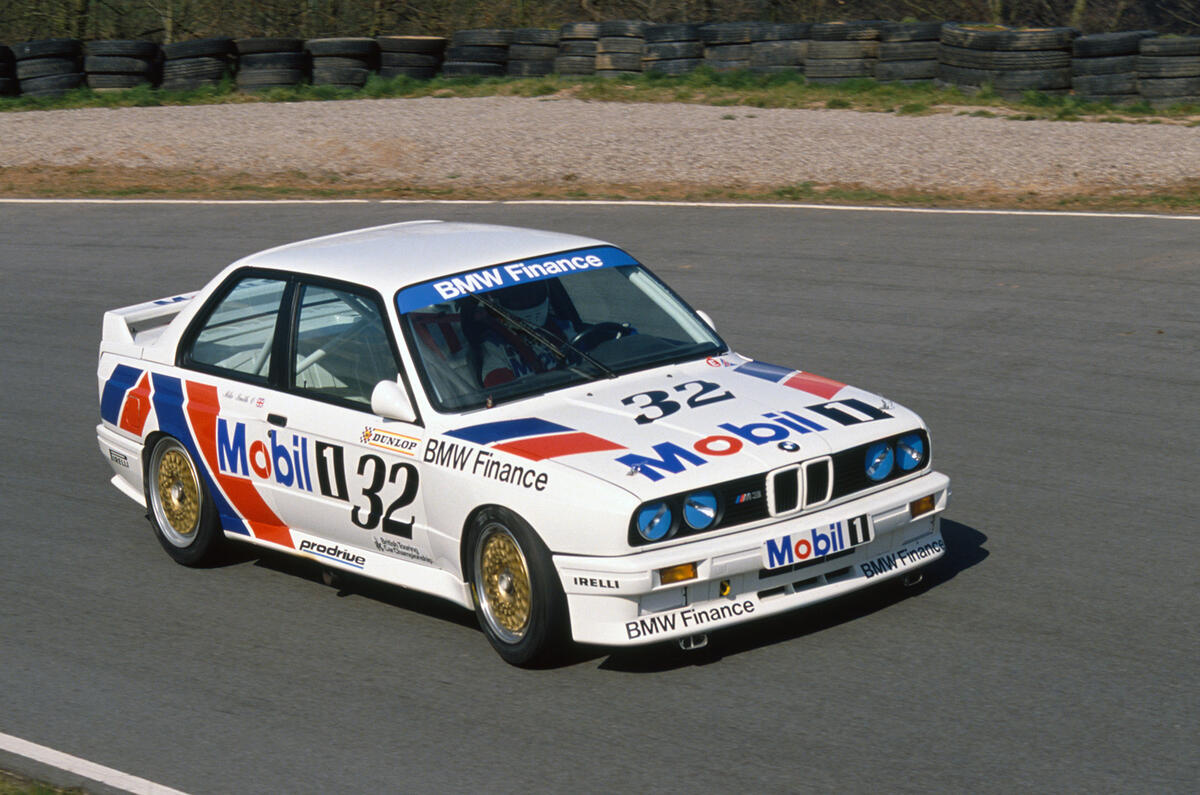
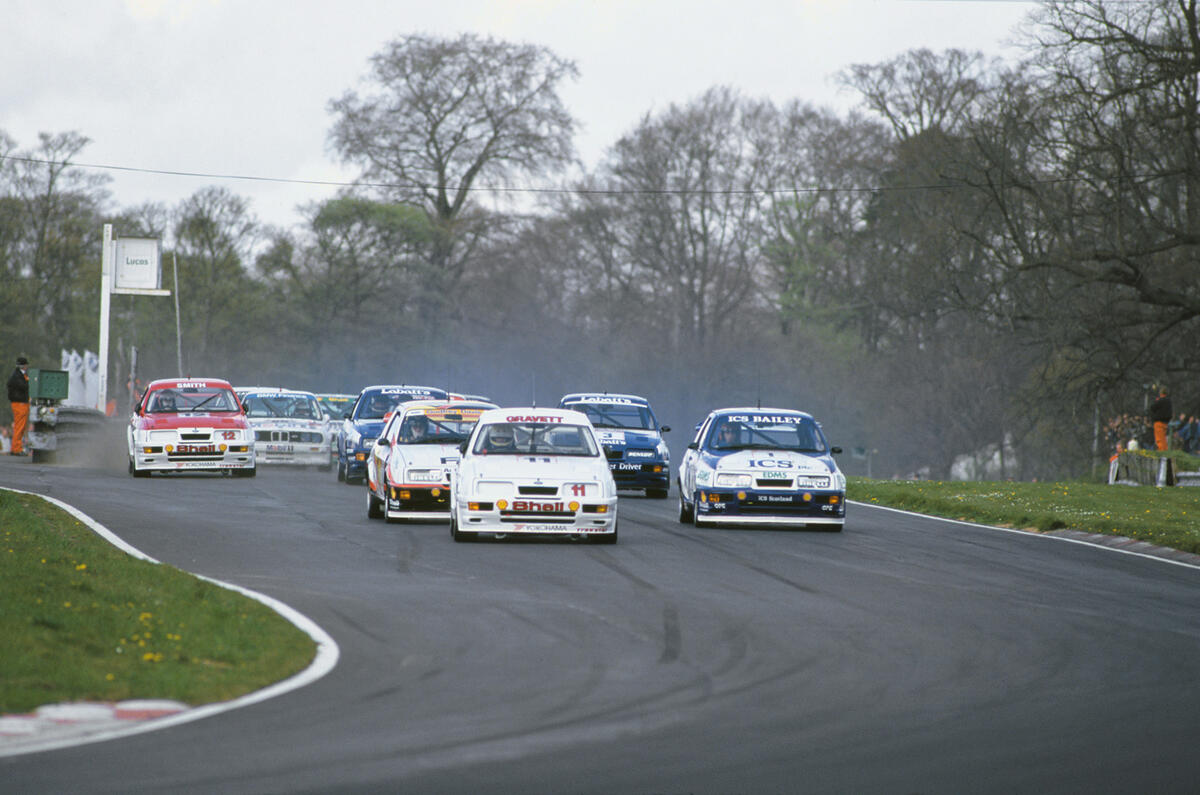
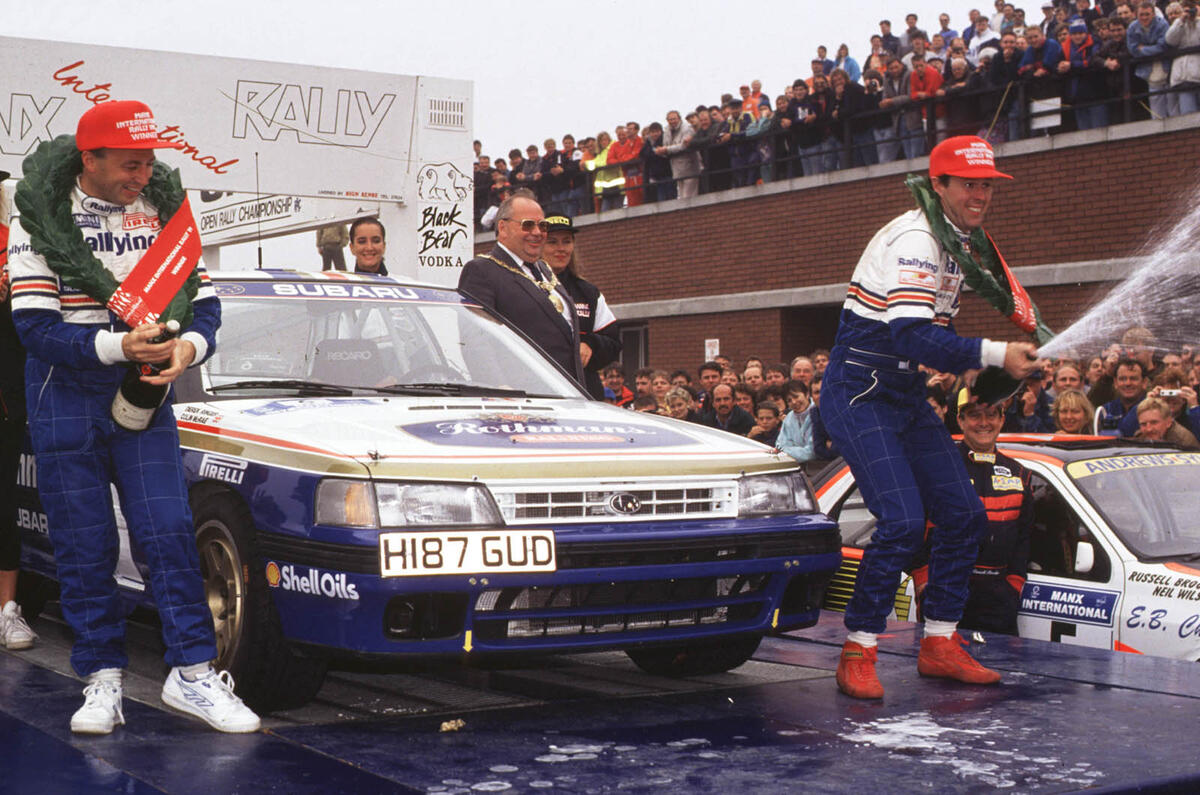
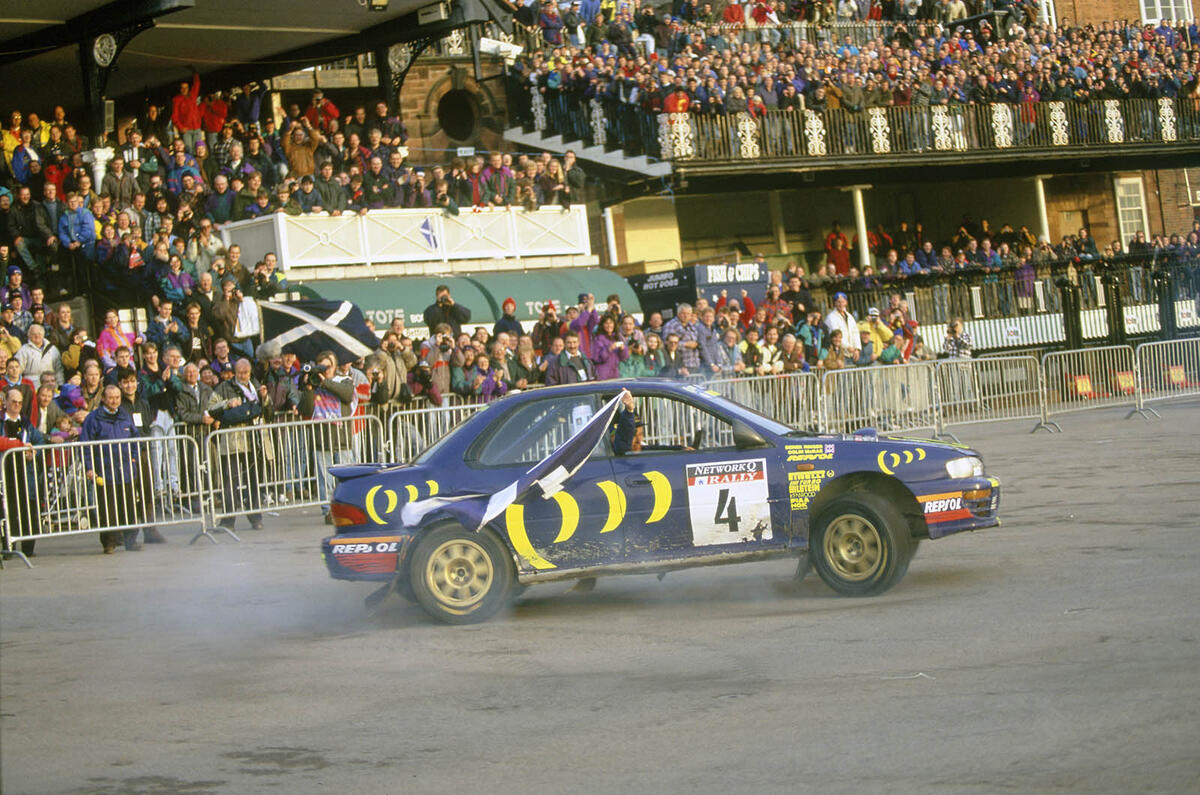
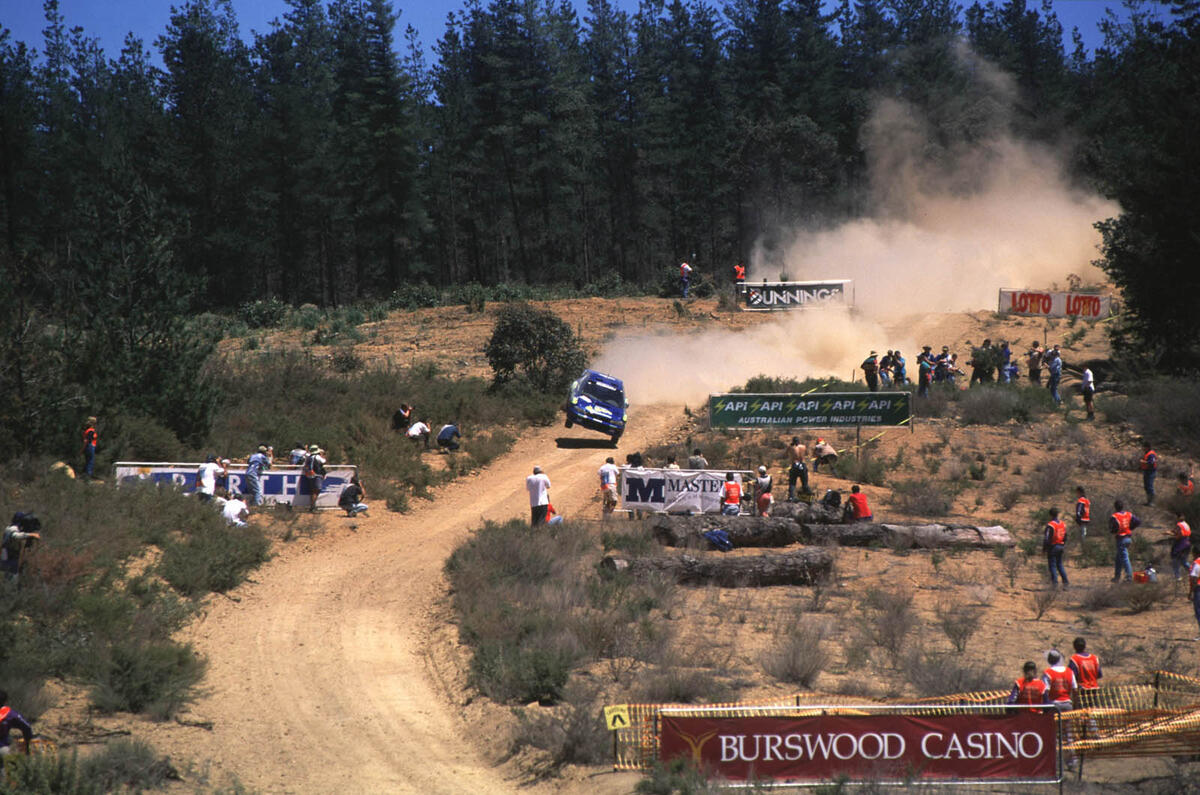
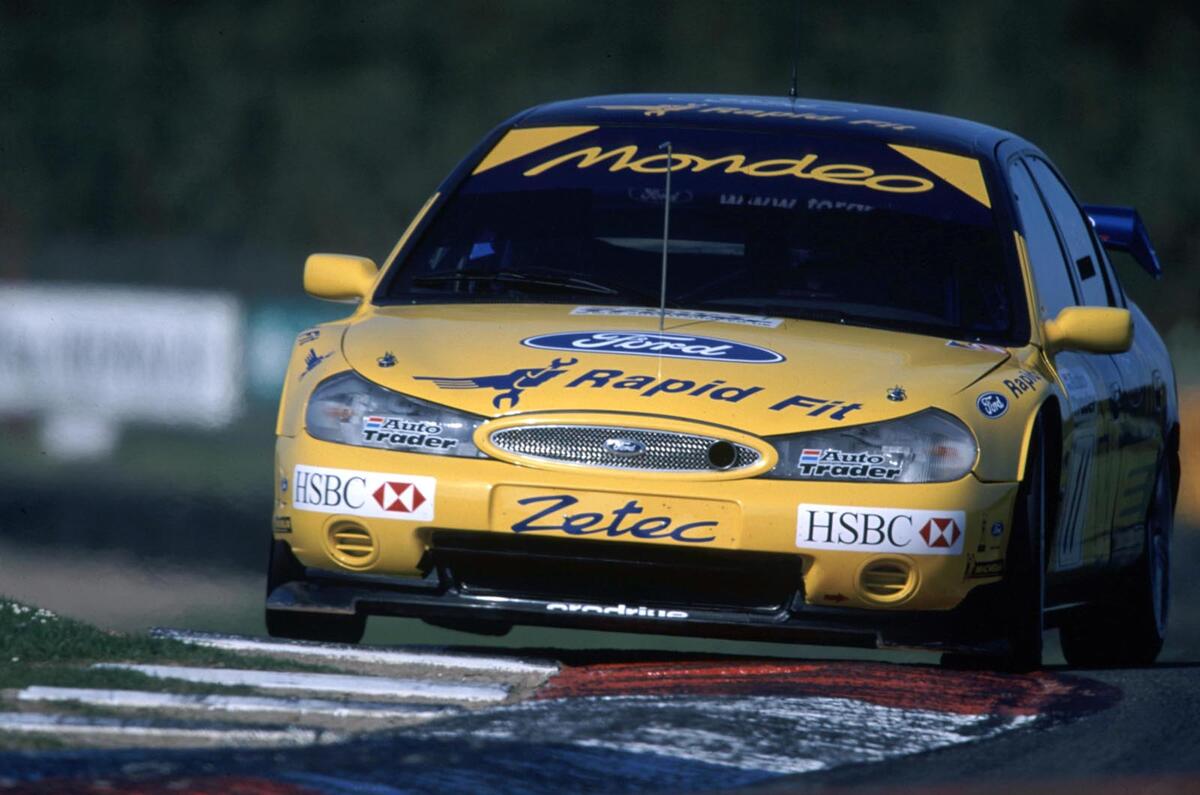
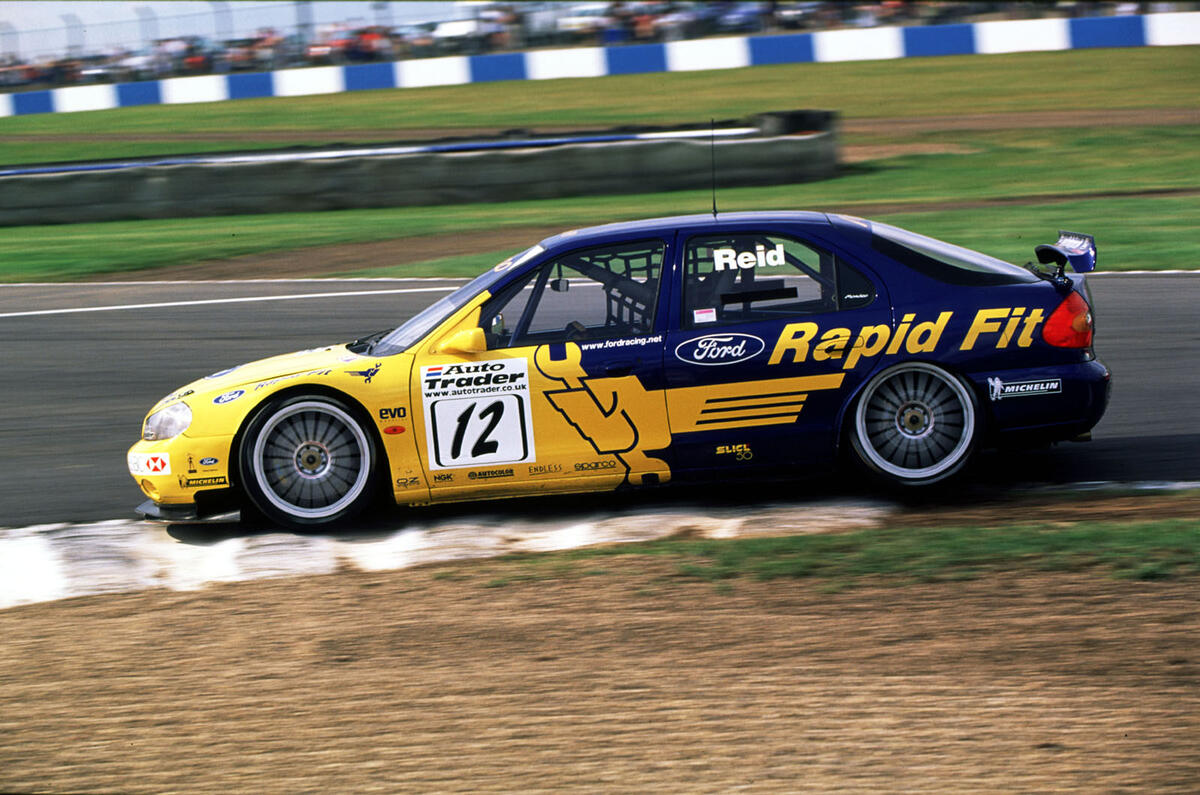

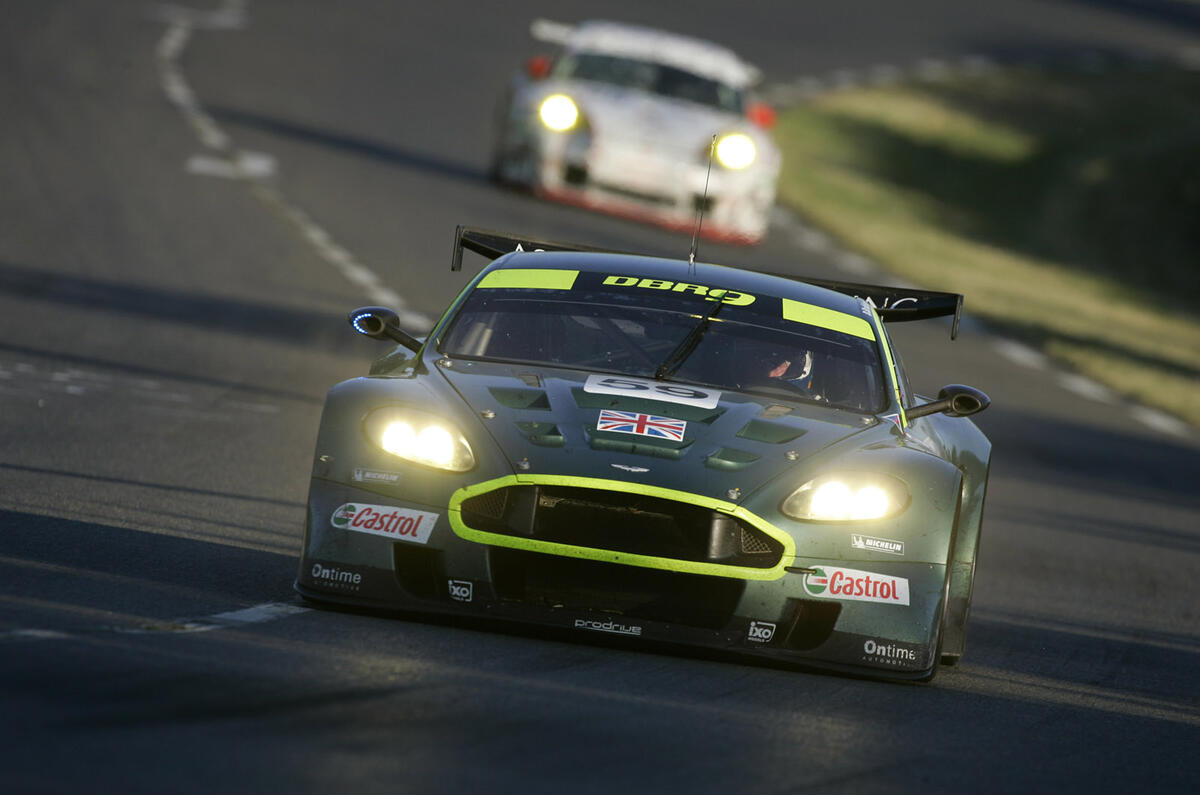
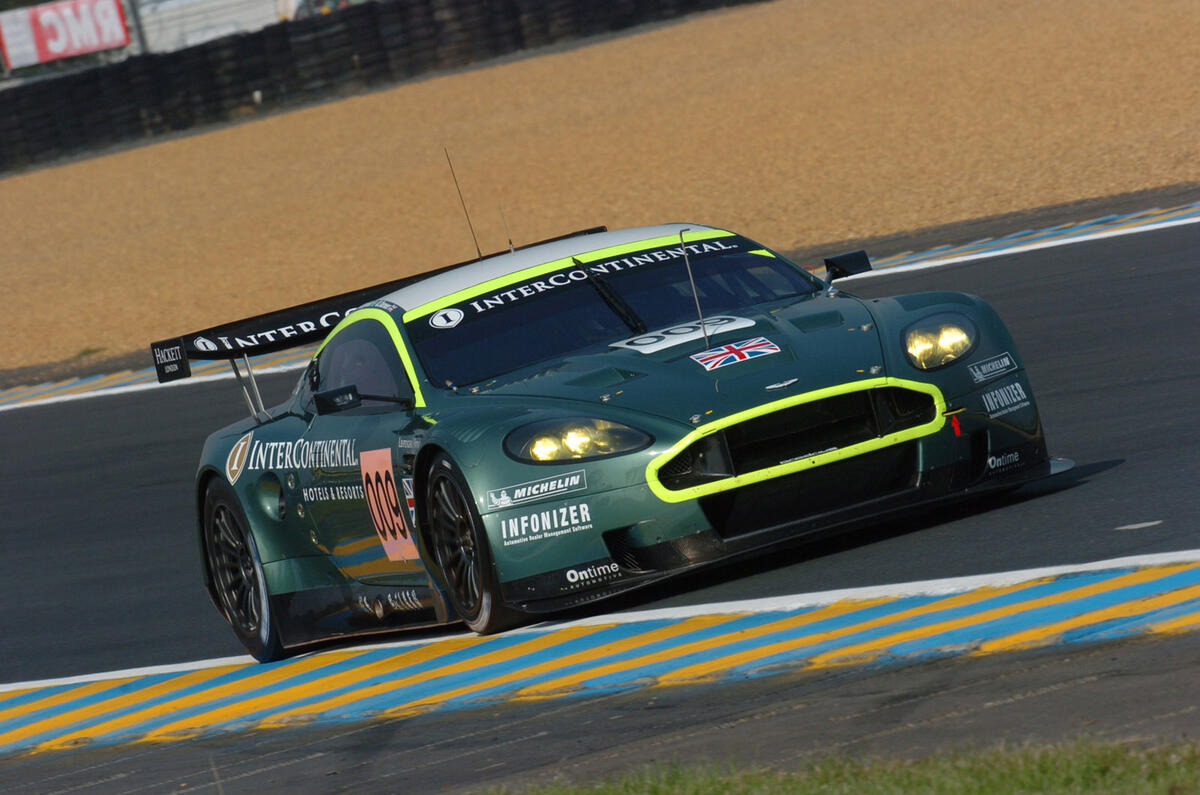
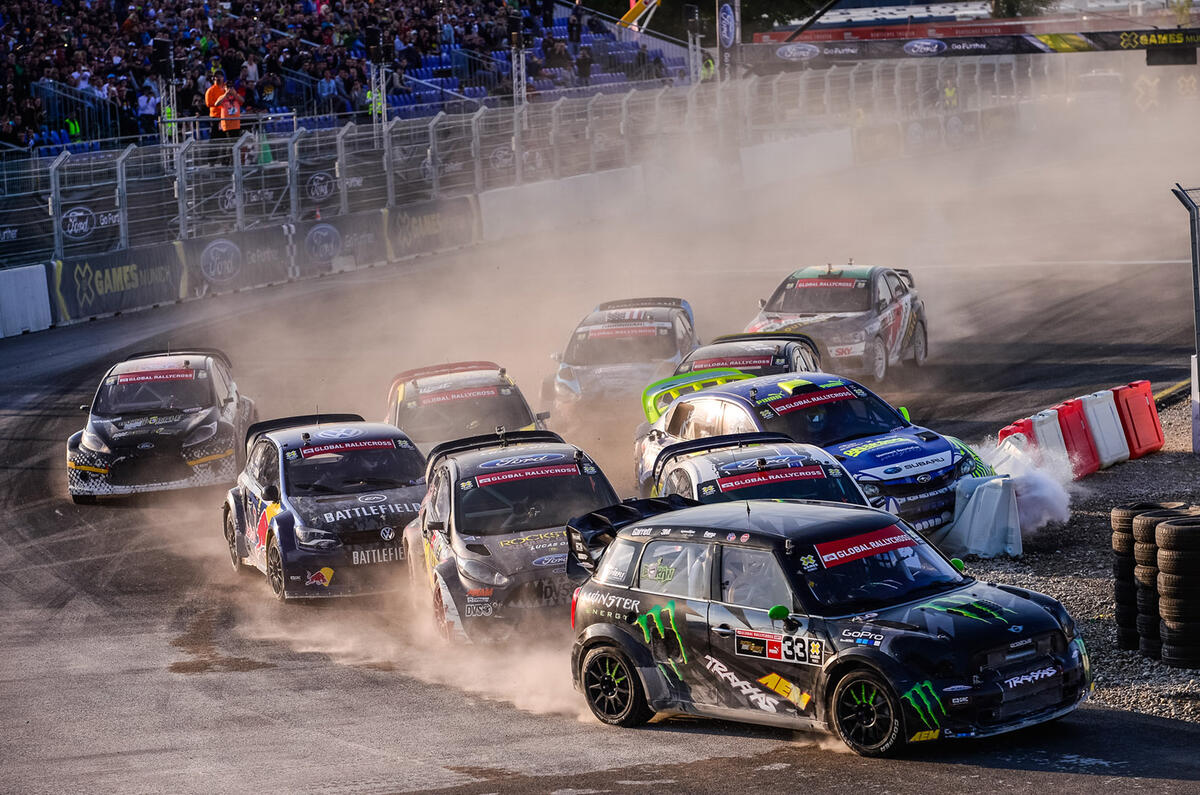
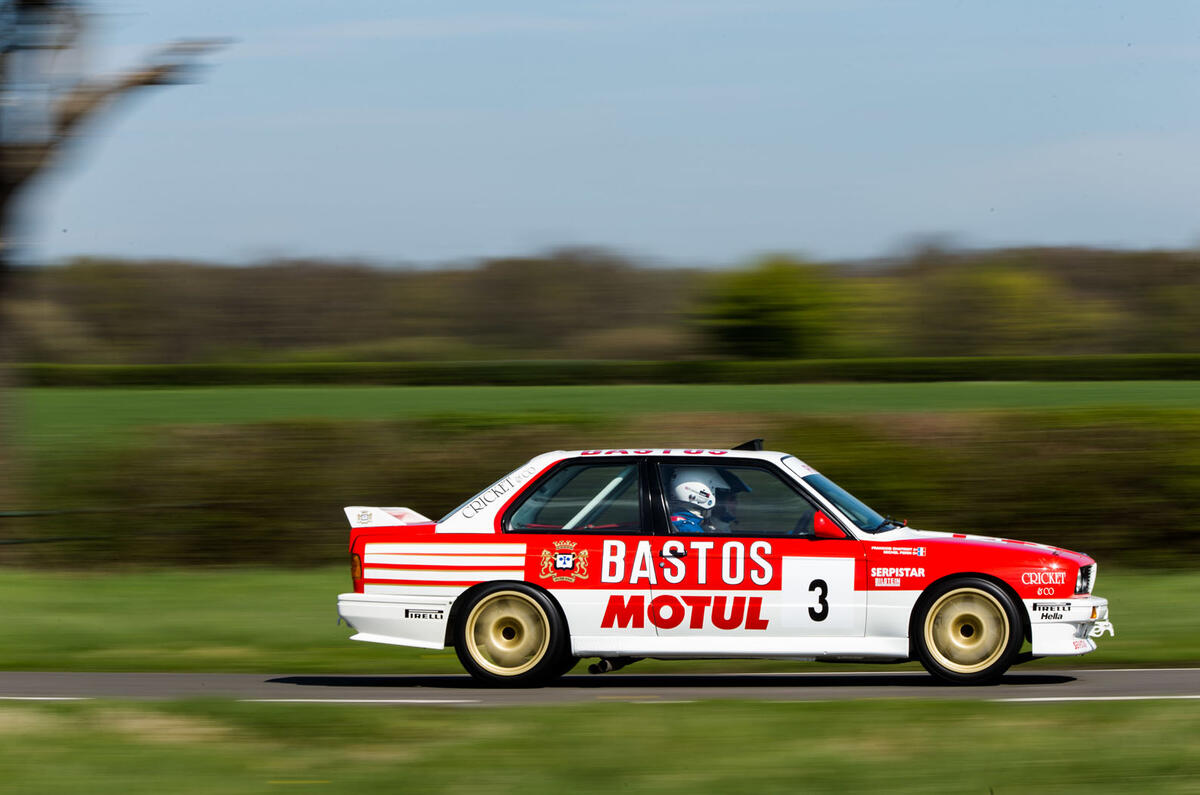

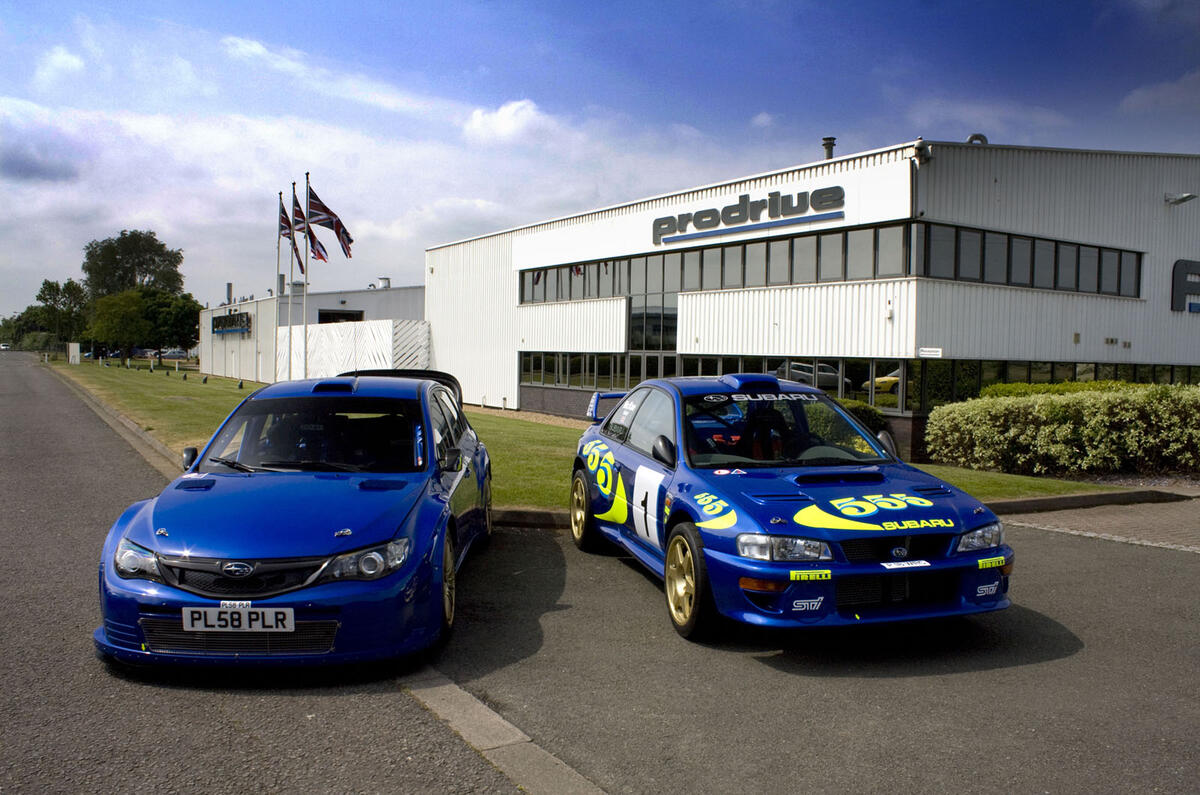
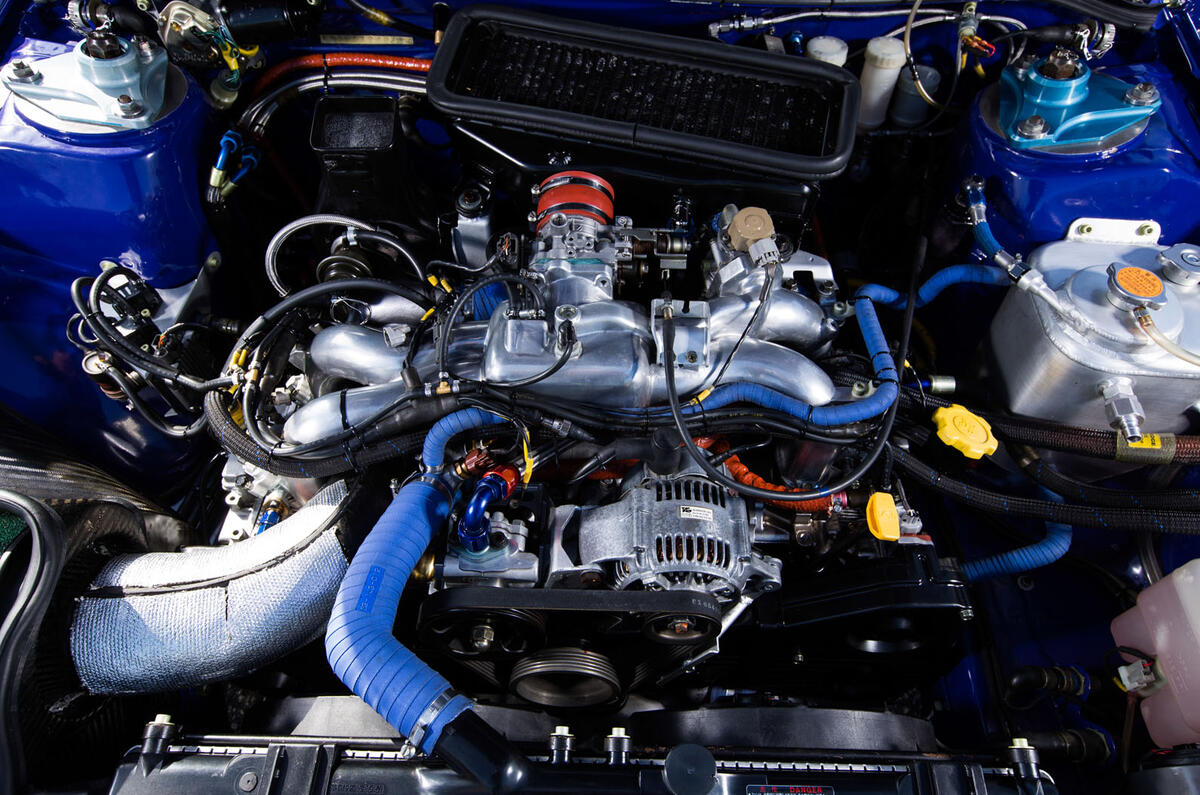
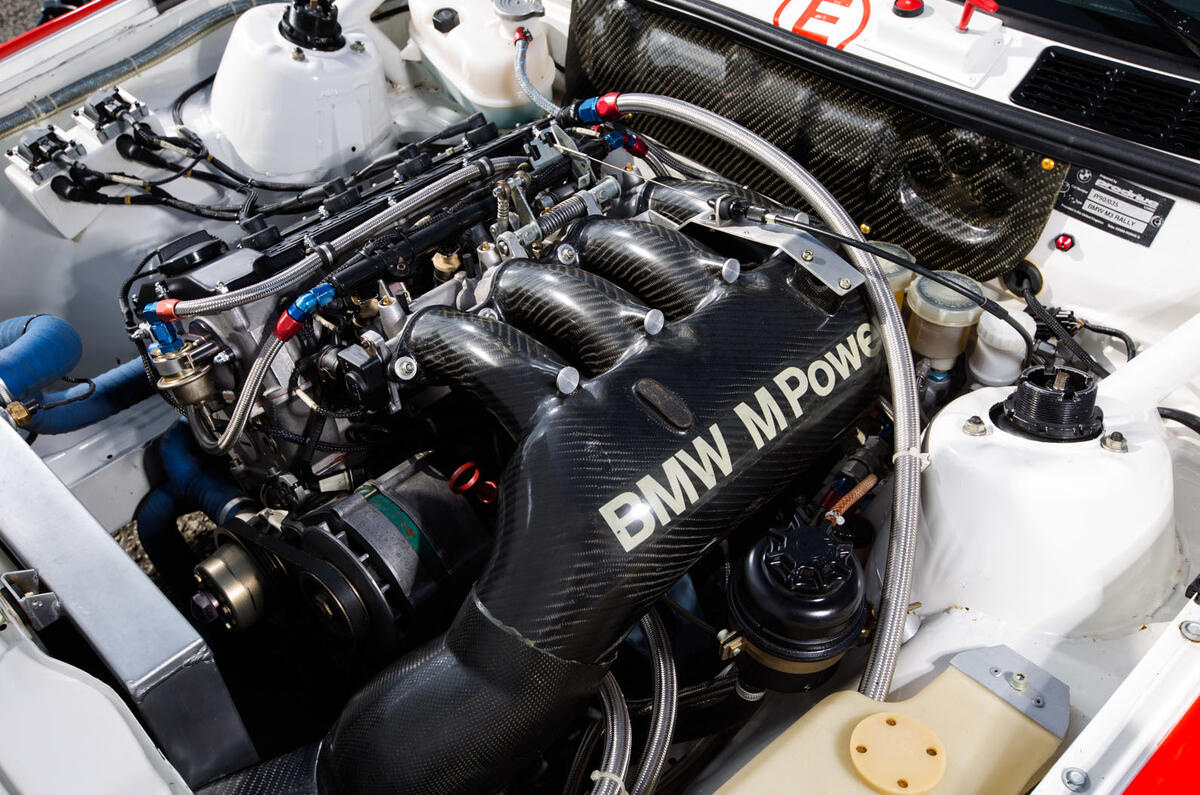
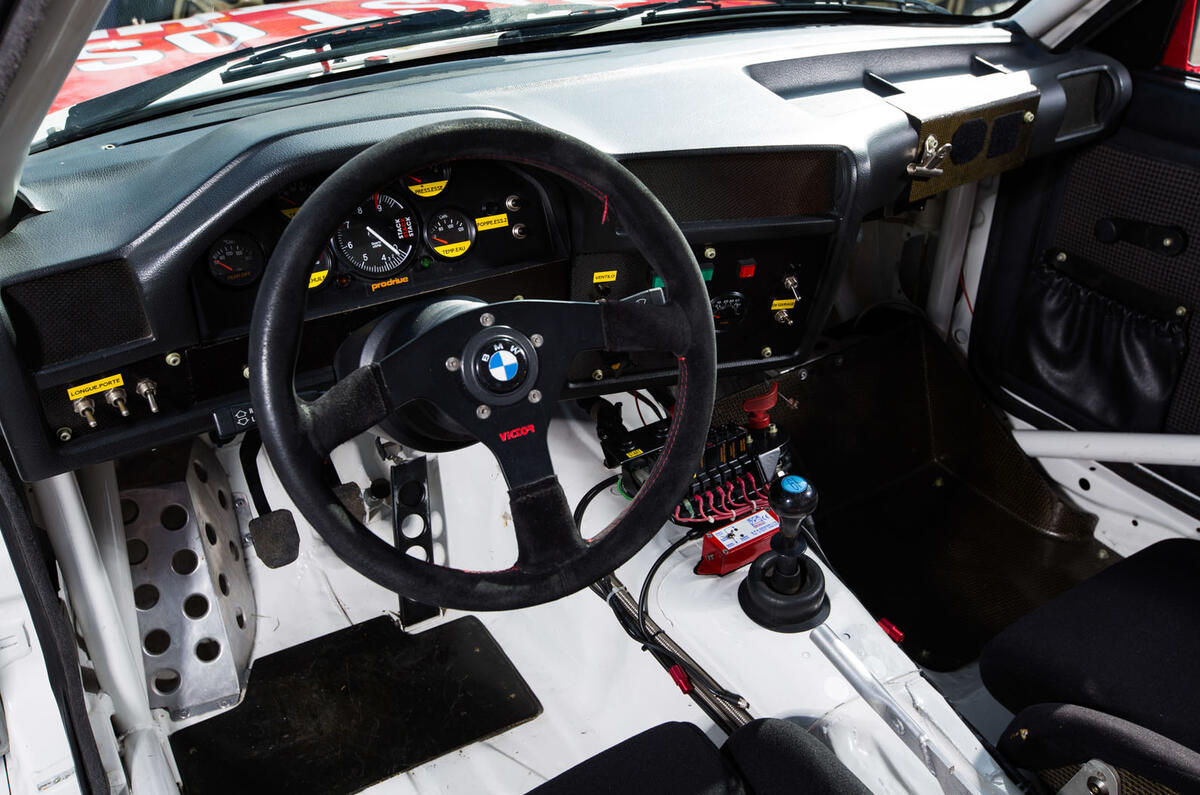
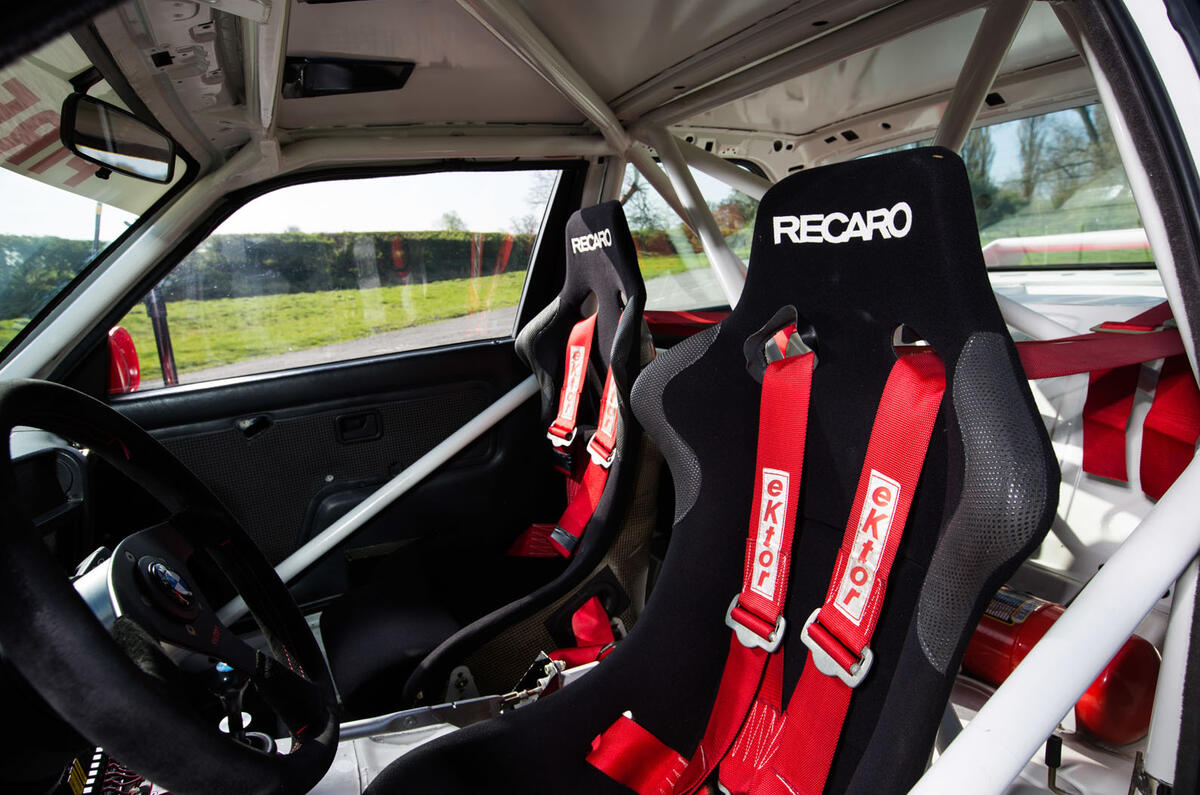
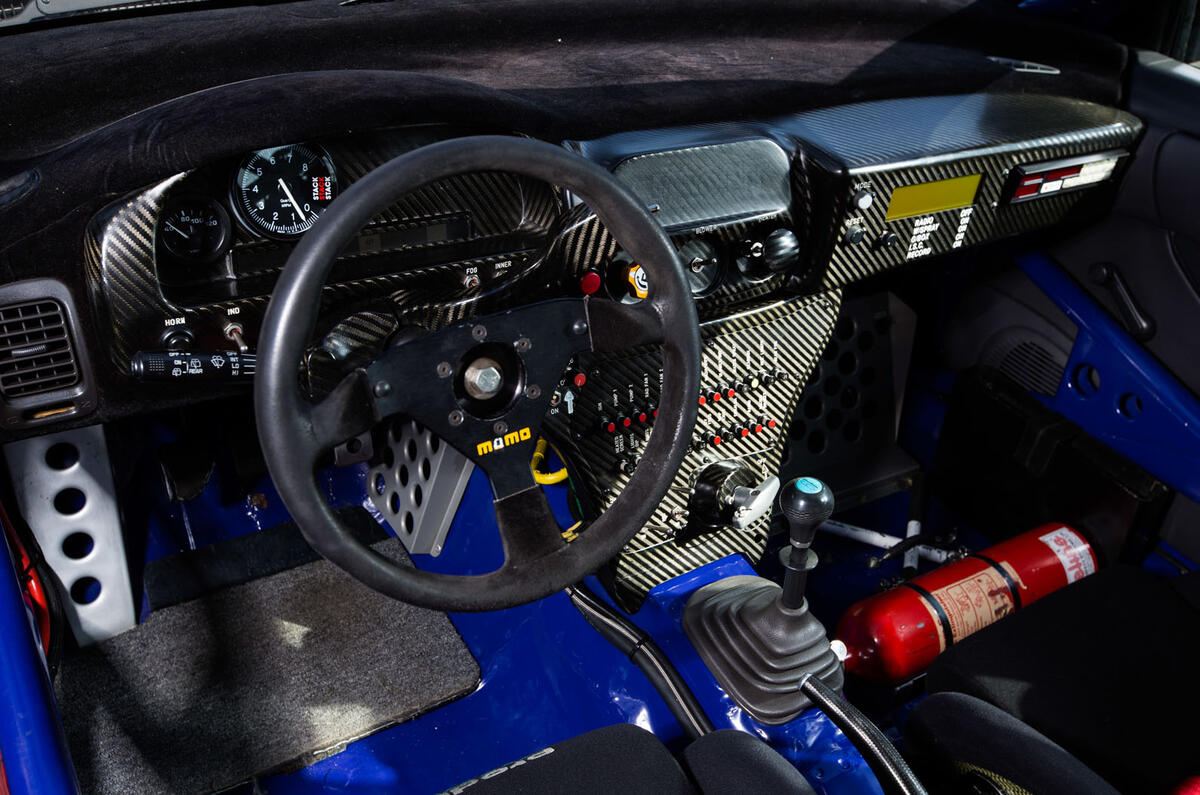
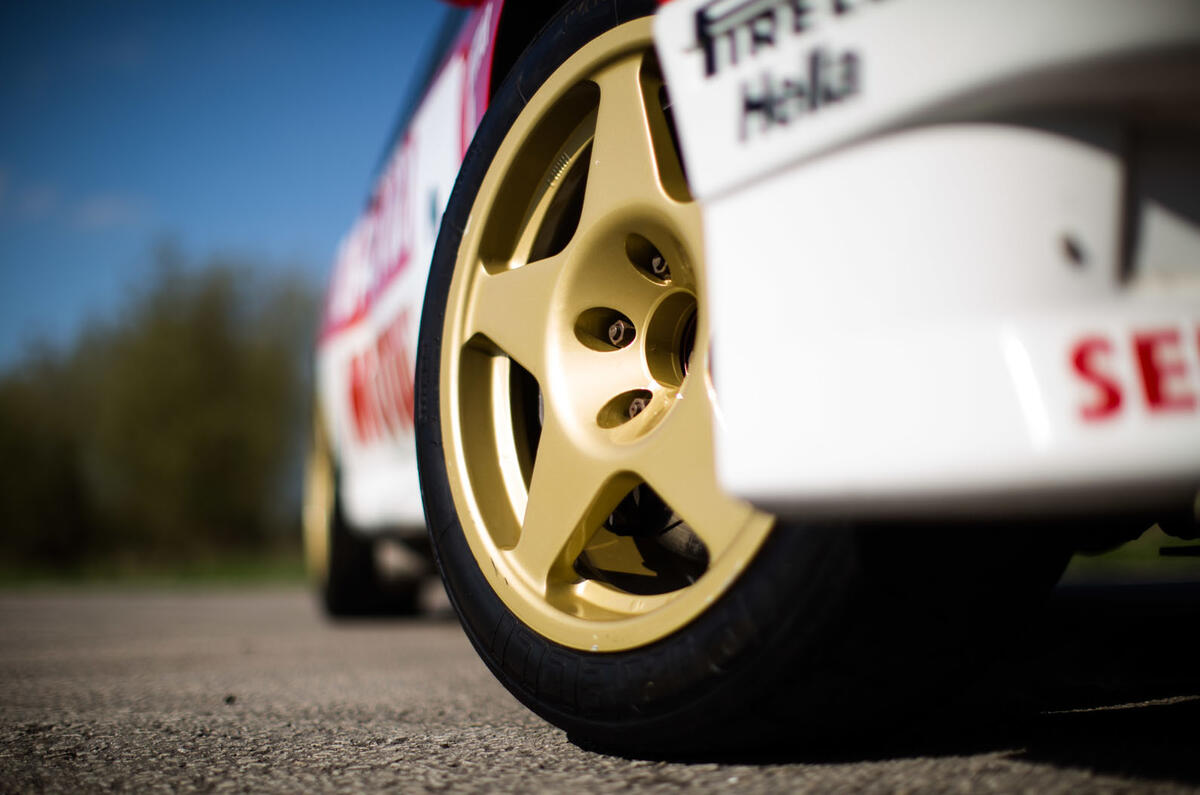
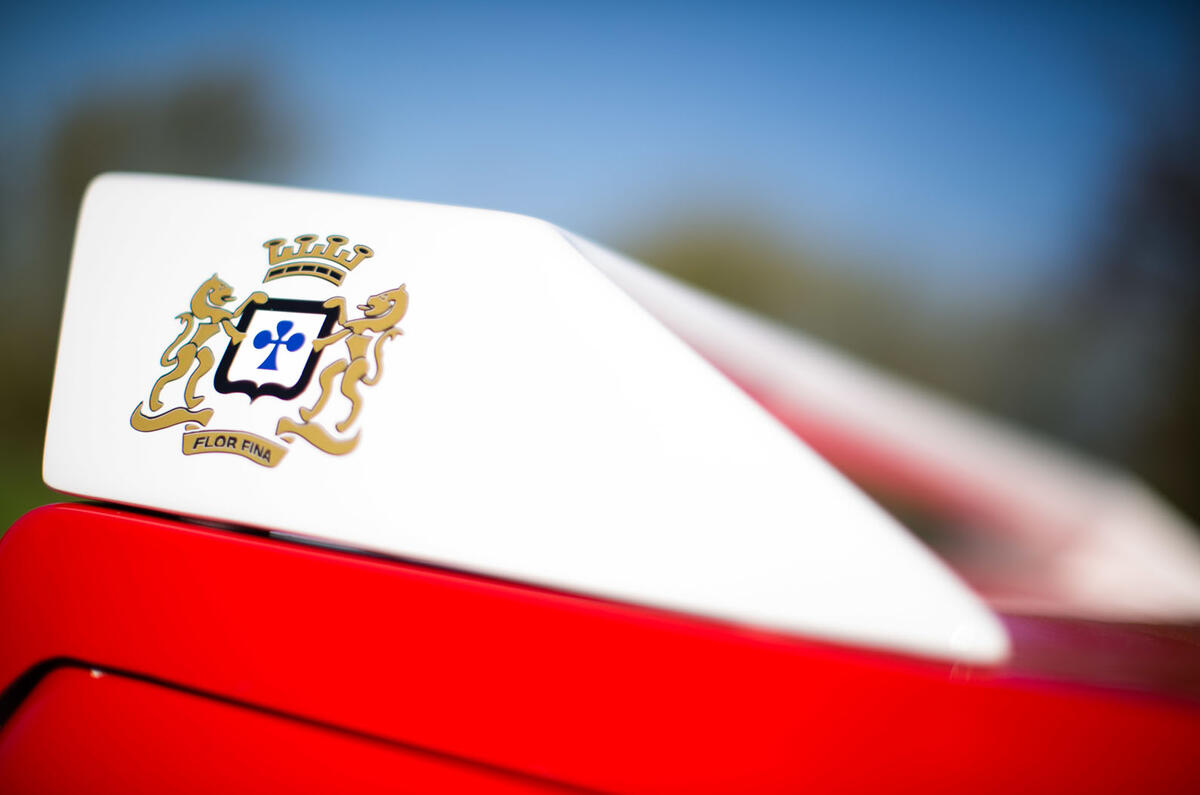
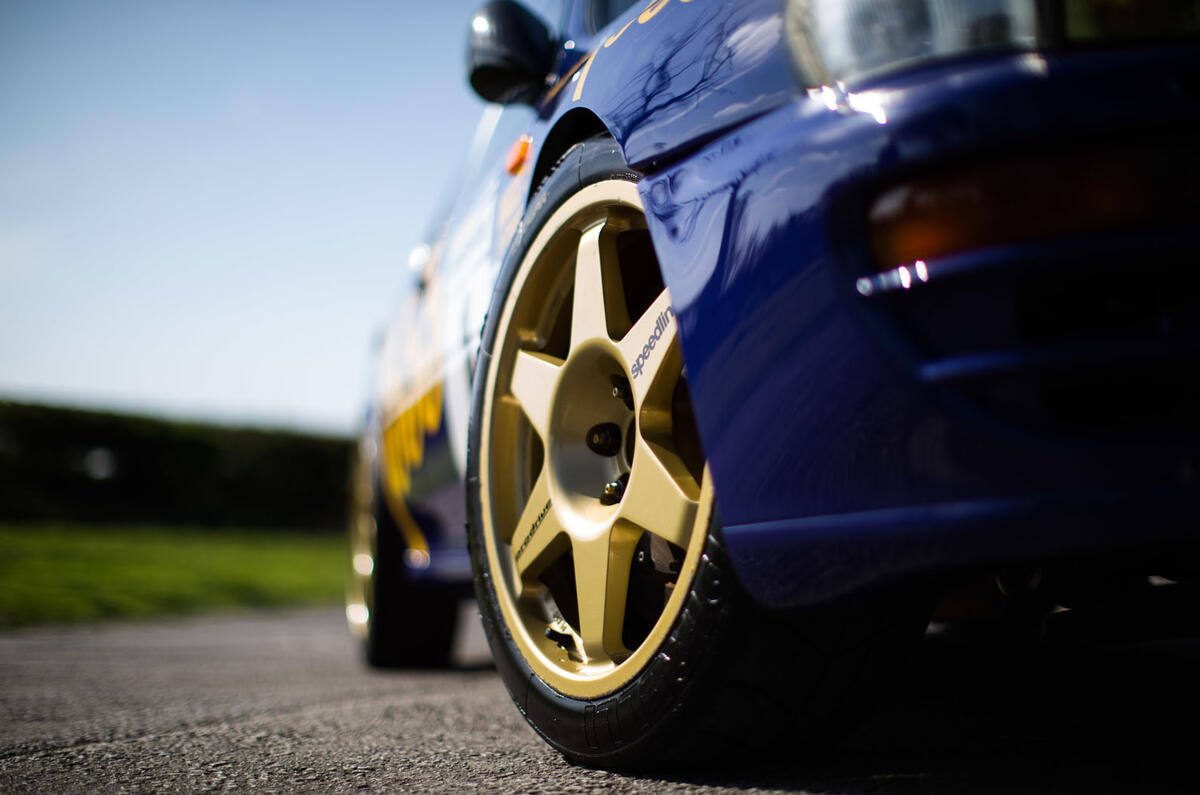
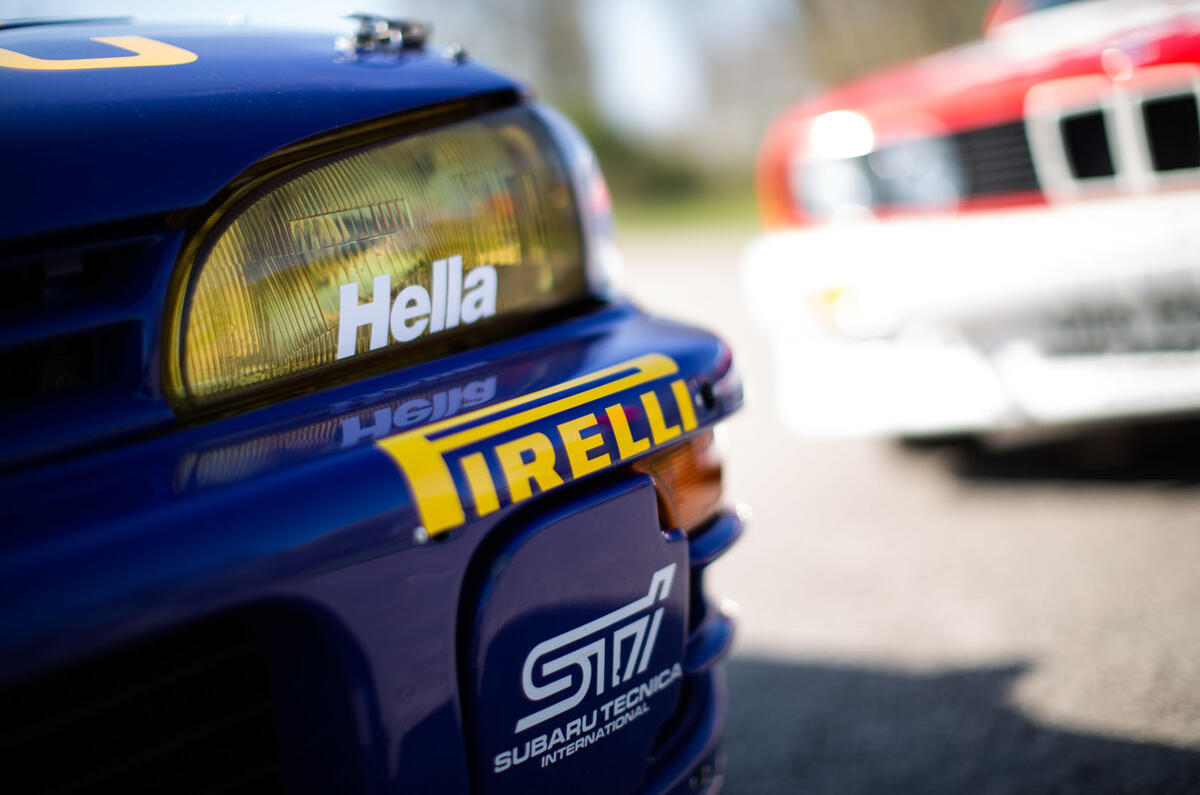
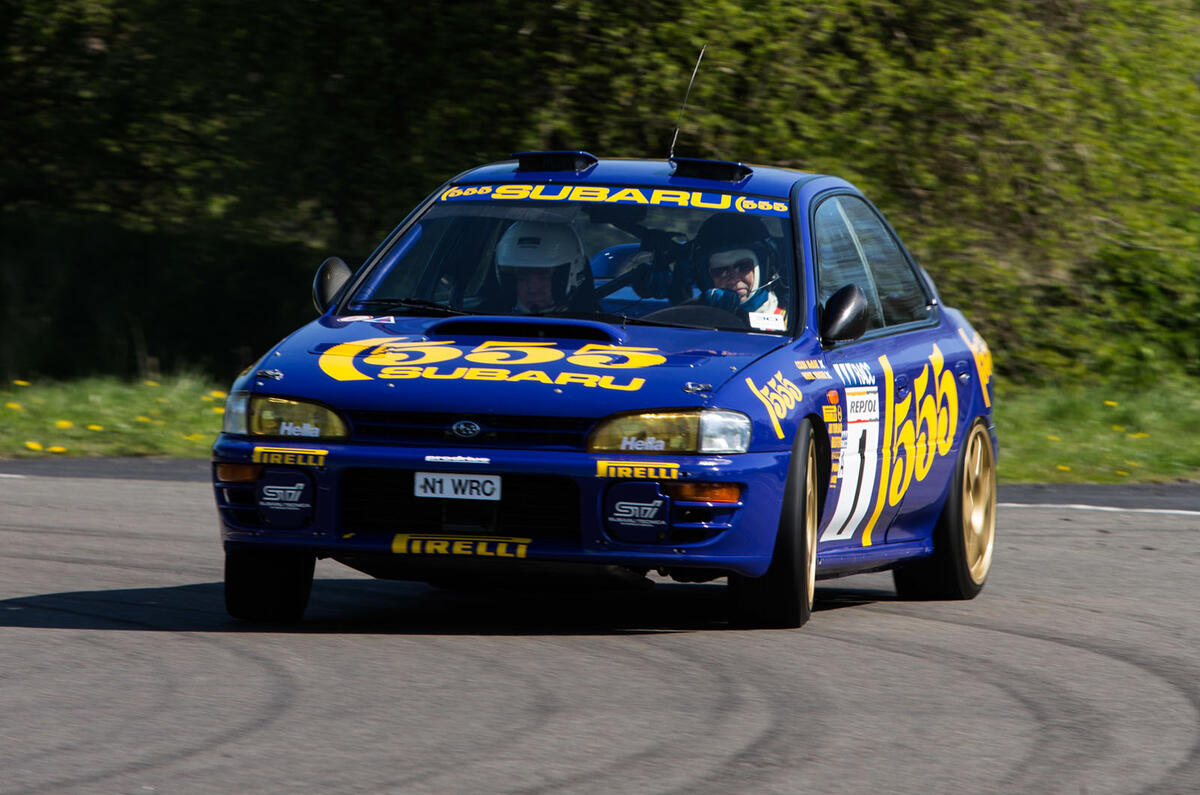
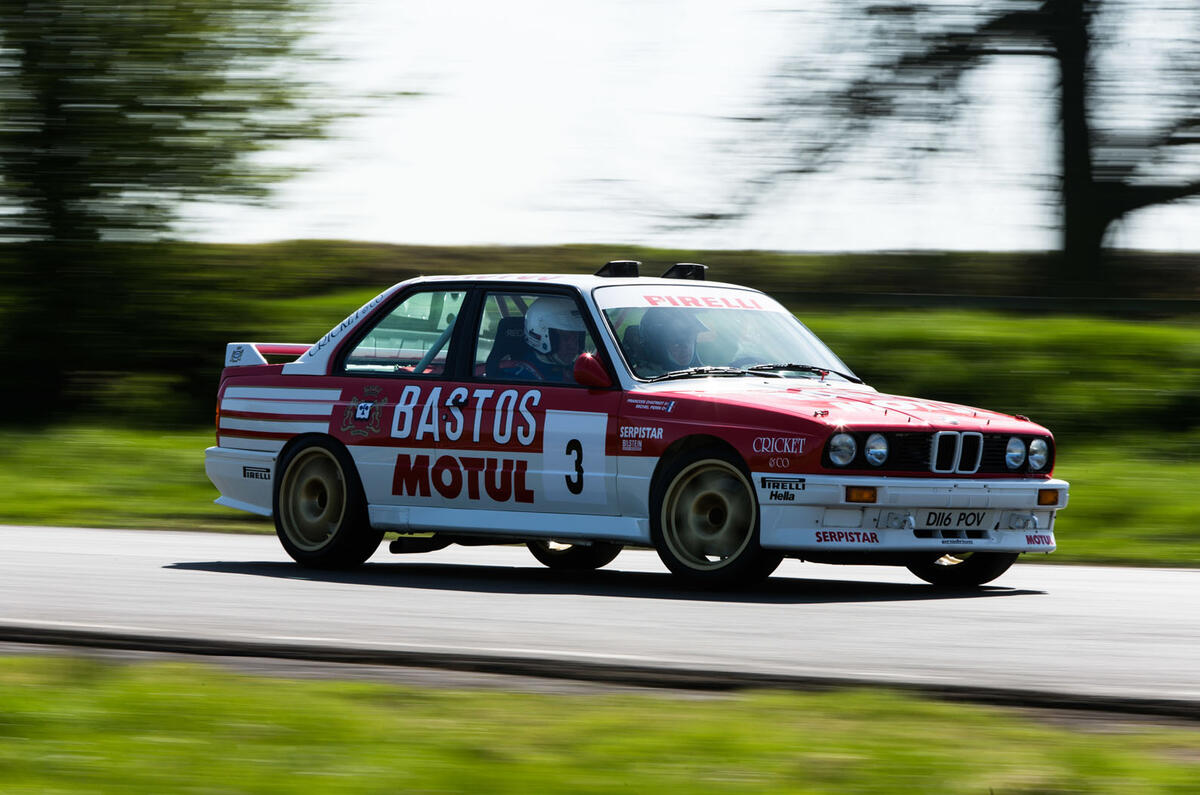
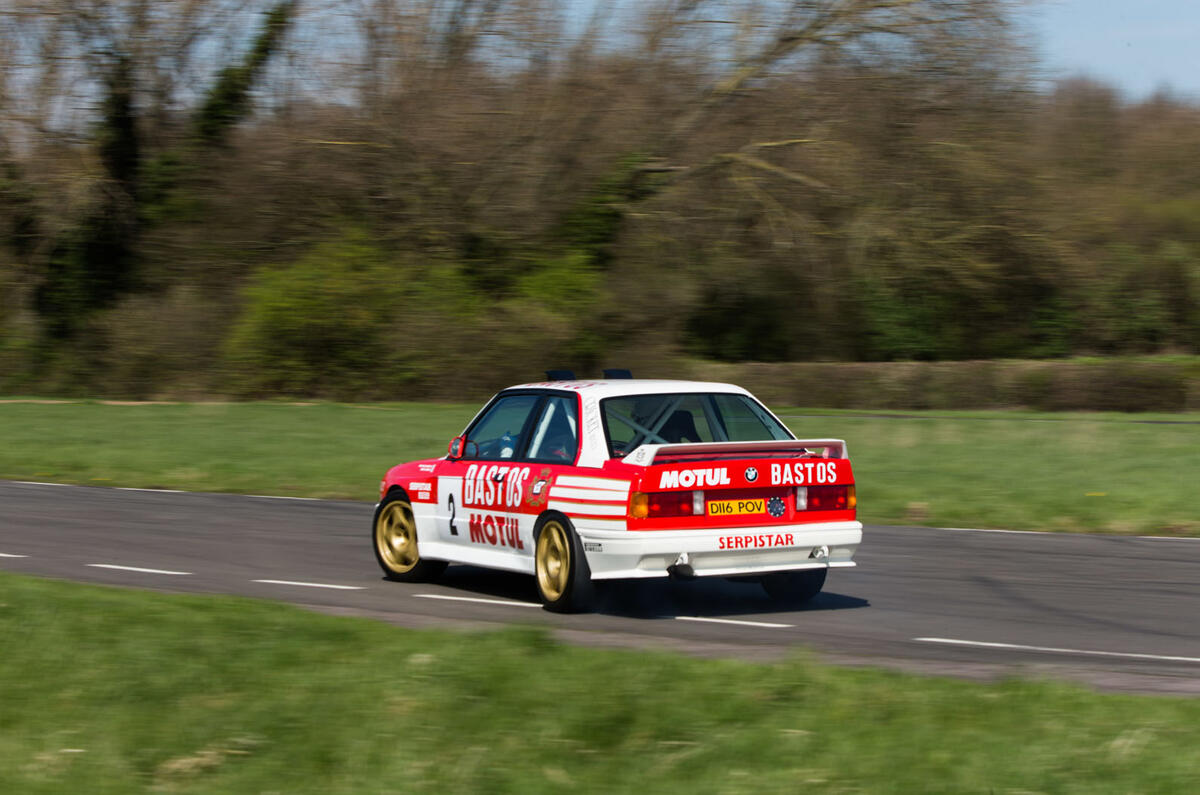
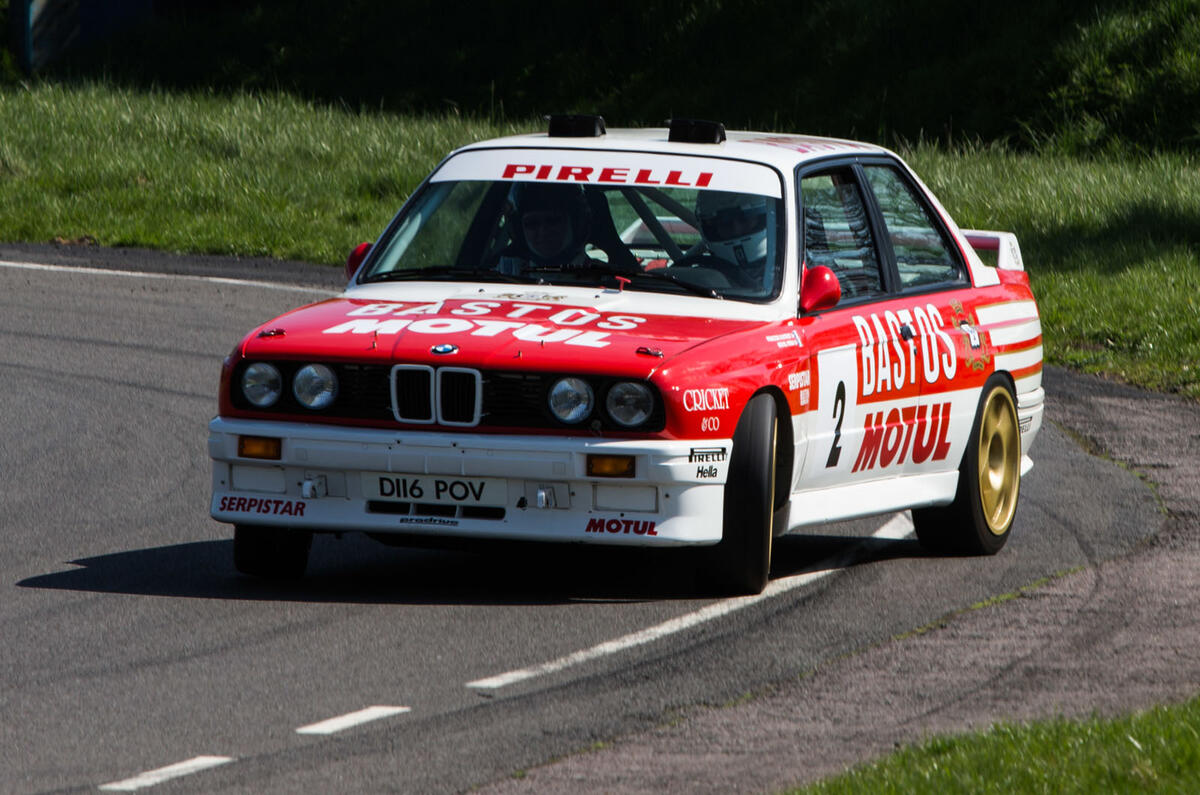

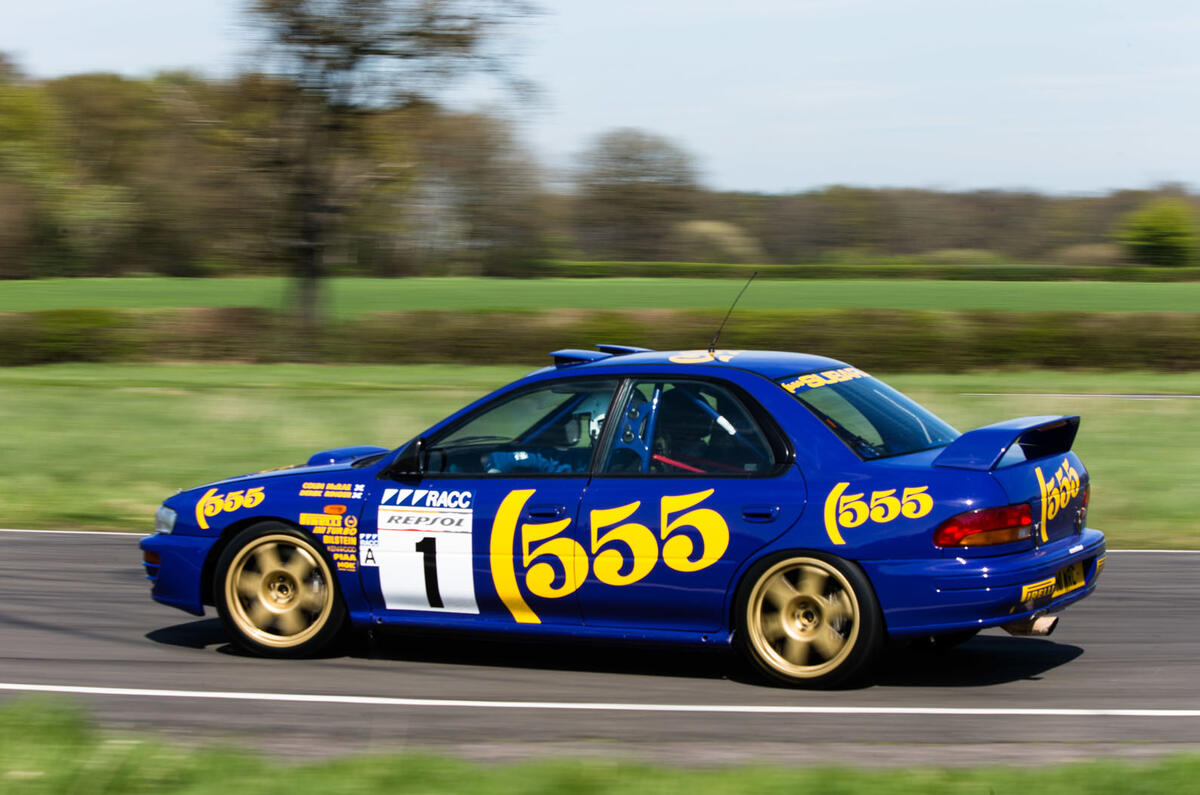
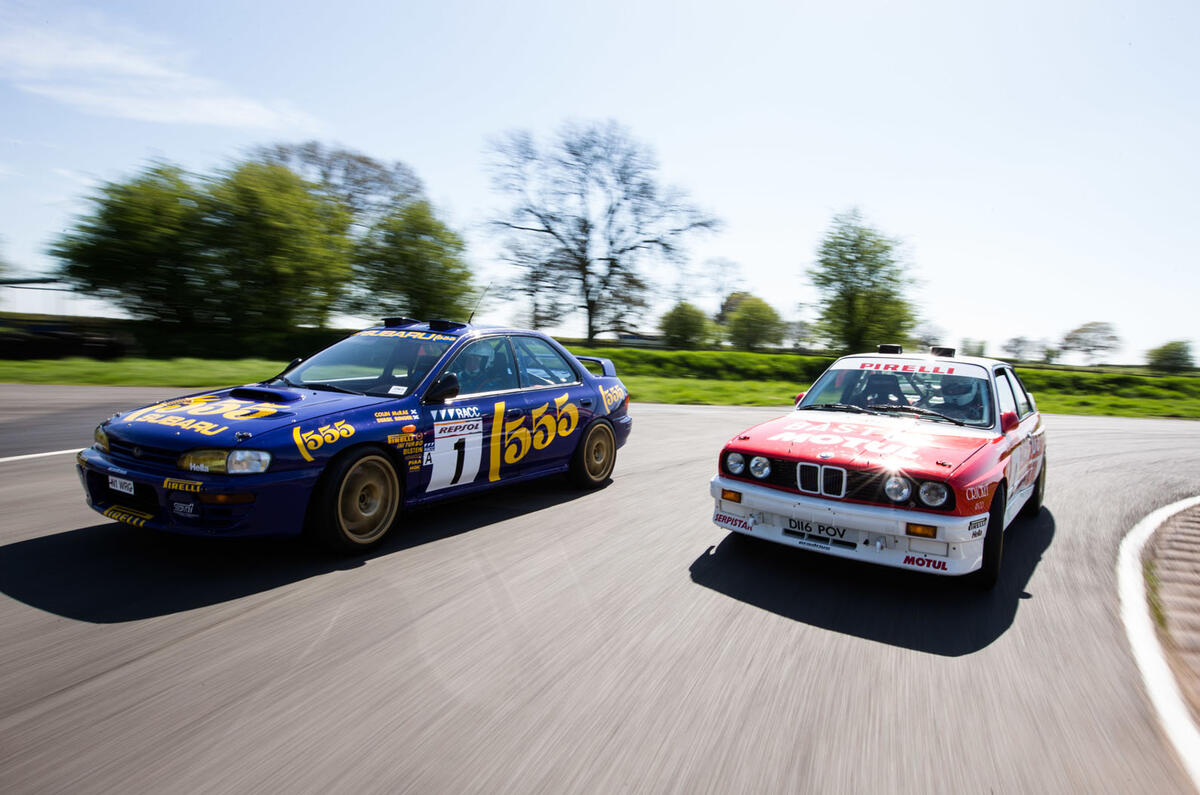
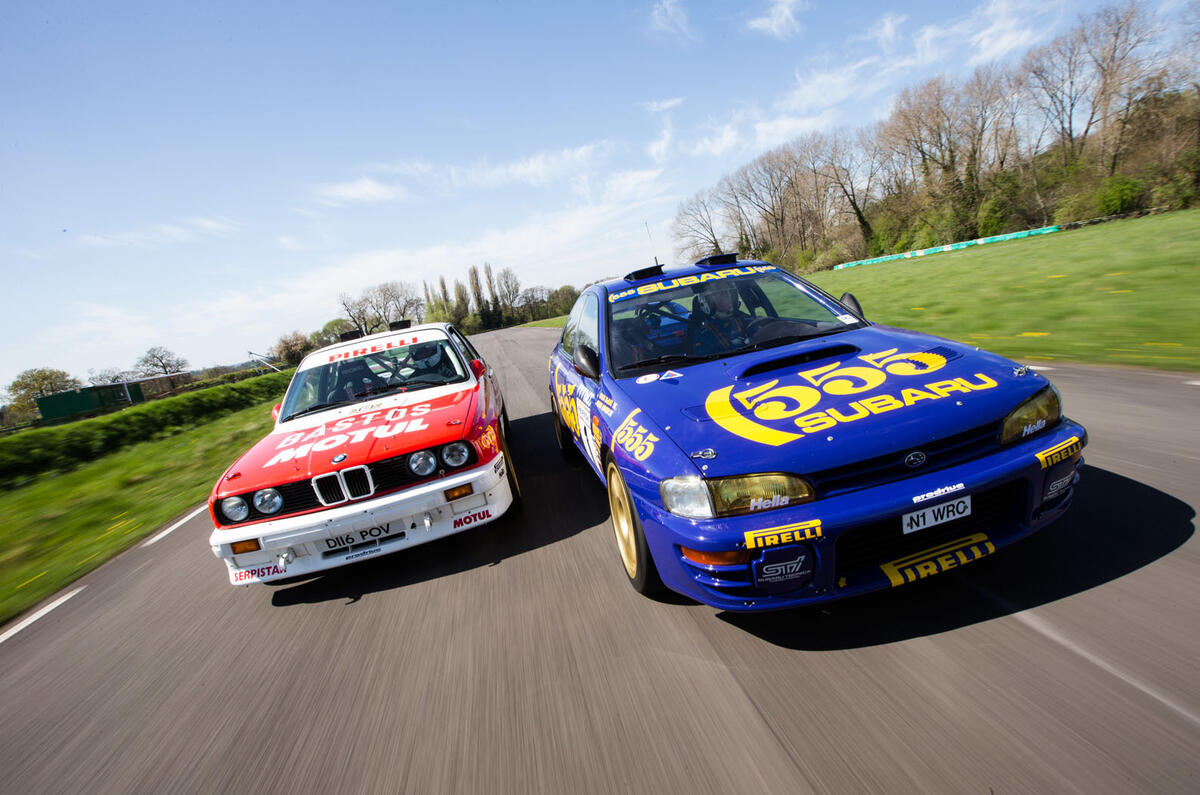
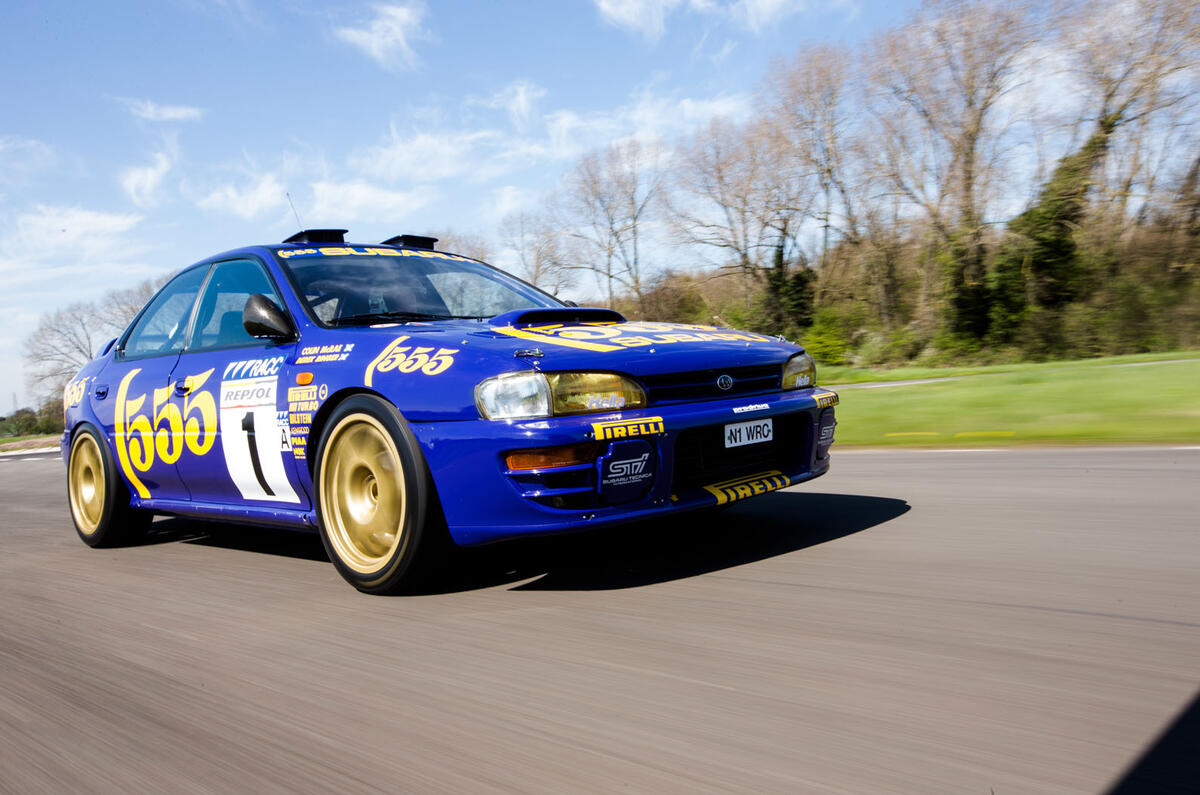
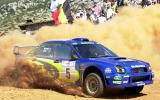
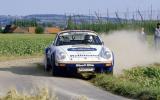
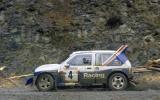
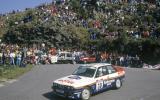
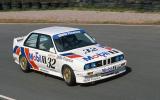

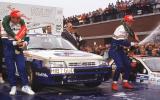
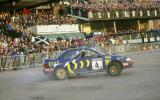
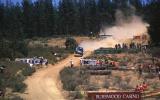
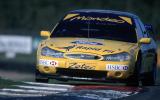
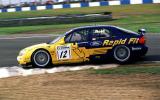
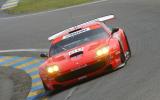
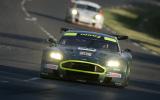
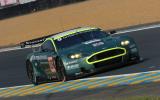
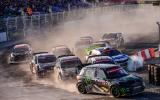
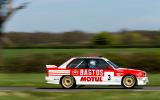
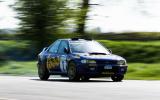
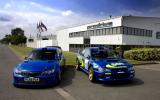
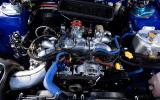
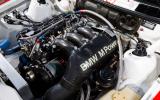
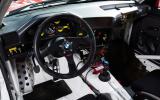
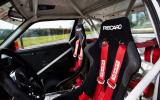
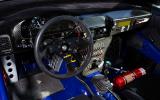
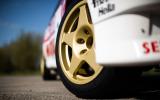
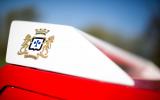
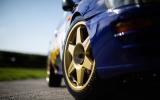
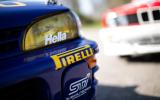
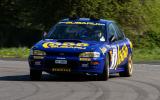
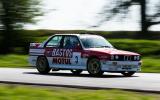
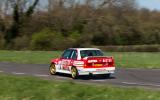
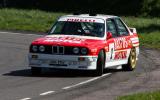
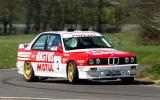
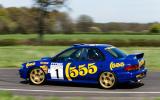
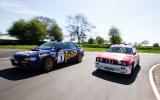
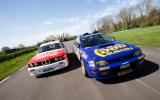
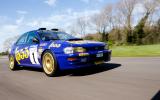


Add your comment
No mention of the P2?
what about Mini WRC???